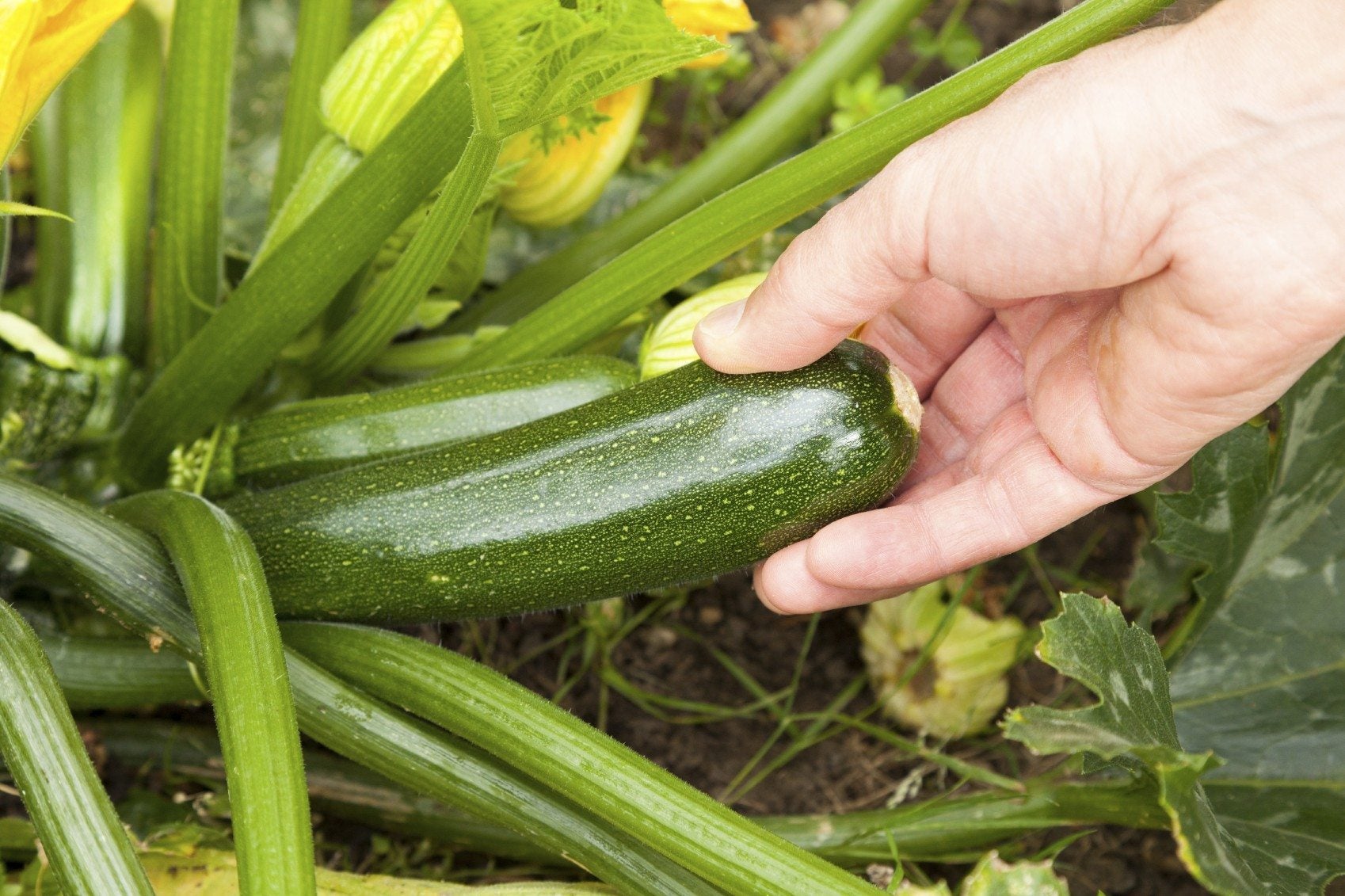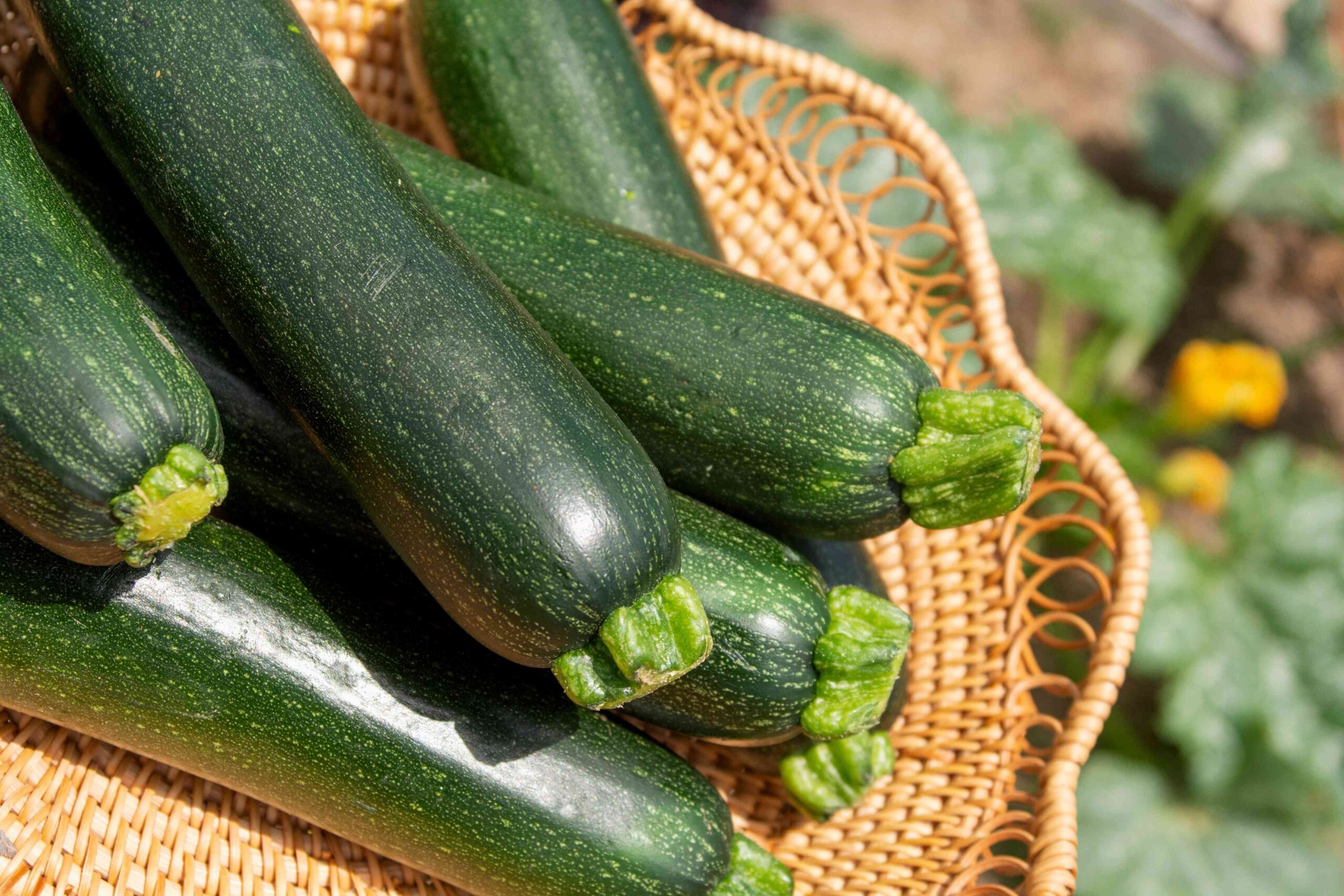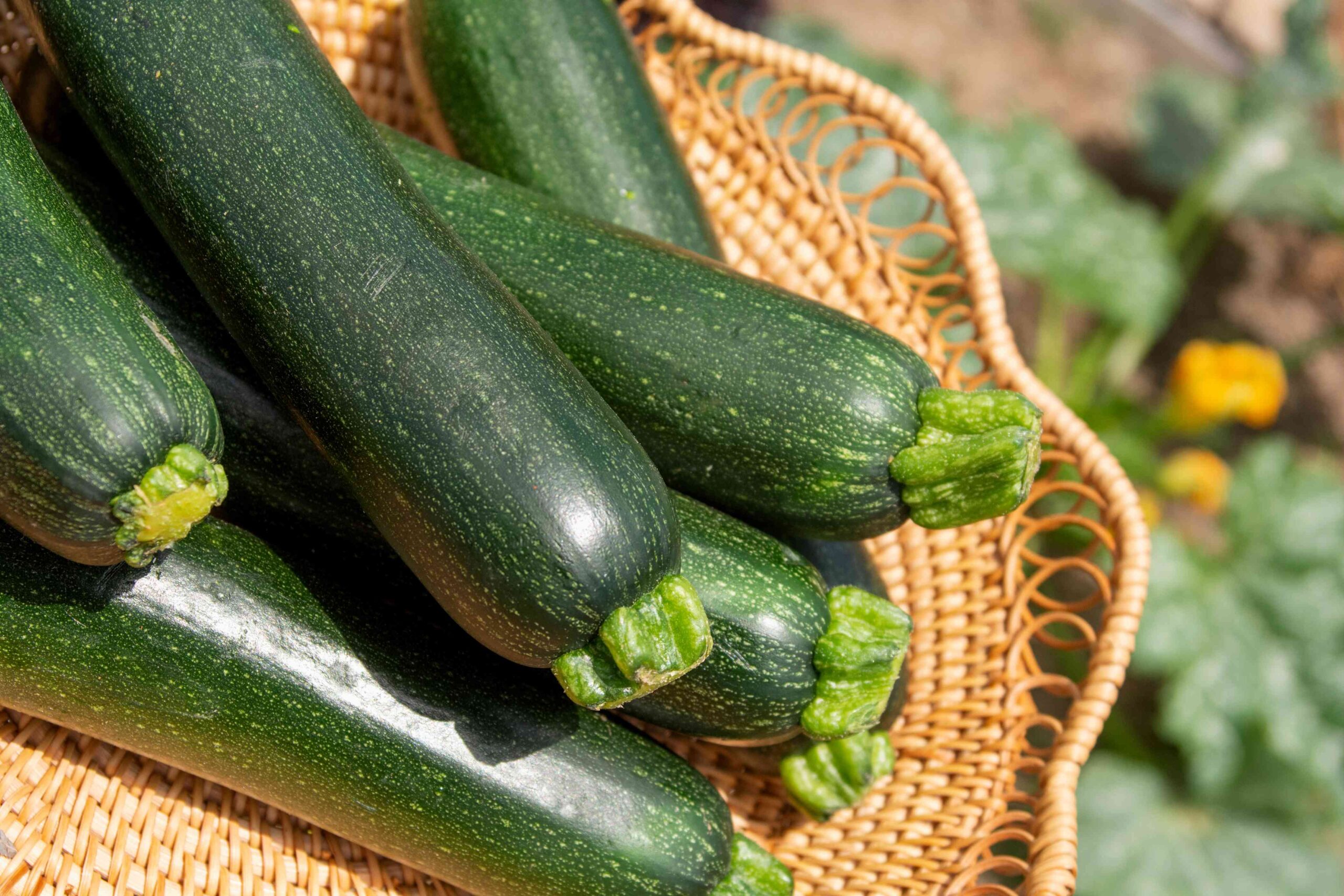Imagine stepping into your backyard garden on a warm summer morning, greeted by the vibrant green leaves and blossoming yellow flowers of your zucchini squash plants. As you admire the lush foliage, you can’t help but wonder: when is the best time to pick these delicious vegetables? Well, fret not, because in this article we will explore the optimal timing for harvesting zucchini squash, ensuring that you enjoy them at their peak flavor and texture. Say goodbye to overripe or underripe zucchinis, and get ready to savor the mouthwatering taste of homegrown goodness.
Best Time to Pick Zucchini Squash
Zucchini squash is a popular vegetable in many home gardens, known for its versatility and easy cultivation. To enjoy the best flavor and texture, it is important to pick zucchini squash at the right time. Determining zucchini squash maturity involves factors such as size, shape, and color. Additionally, the variety of zucchini, growing conditions, and plant maintenance are key aspects that affect the harvest time. By understanding these factors, you can ensure that you harvest your zucchini squash at the peak of its flavor and freshness.

Determining Zucchini Squash Maturity
Observing the growth period of zucchini squash is an essential step in determining its maturity. From the time the seed is planted, the zucchini plant goes through various growth stages. It is crucial to keep track of the days to maturity for your specific zucchini variety, as this will give you a rough estimate of when the squash may be ready for harvest.
Measuring the length of the zucchini squash is another method to determine its maturity. Generally, when zucchini squash reaches a length of around 6 to 8 inches, it is considered mature and ready for picking. However, this can vary depending on the zucchini variety and personal preference. Some people may prefer smaller, baby zucchinis, while others may prefer larger, more mature ones.
Checking the girth of the zucchini squash is also important in determining its maturity. A mature zucchini squash will have a firm and robust girth, indicating that it has reached its full potential. Avoid picking zucchinis that are overly thin or have a slim, elongated shape, as these may not have reached their optimal maturity and may be lacking in flavor and texture.
Size and Shape of Mature Zucchini Squash
Ideal zucchini squash size varies depending on personal preference and the intended use. Some people prefer smaller zucchinis, commonly referred to as baby zucchinis, which are typically less than 6 inches in length. Baby zucchinis are known for their tenderness and delicate flavor, making them perfect for sautés, stir-fries, or grilling.
On the other hand, larger zucchini squashes, around 8 to 12 inches in length, are preferred by those who enjoy a heartier texture and more robust flavor. These larger zucchinis are often used for stuffing, baking, or making zucchini noodles. It is important to note that as zucchinis grow larger, their texture may become courser and their flavors slightly more concentrated.
Proper zucchini squash shape is also a factor to consider when determining its maturity. A mature zucchini squash should have a uniform, cylindrical shape with a slightly tapered end. Avoid harvesting zucchinis that have irregular shapes or an uneven surface, as these may not have developed fully and could be underripe or overripe.
When picking zucchini squash, it is crucial to avoid overgrown specimens. Overgrown zucchinis can become woody, tough, and bland in taste. Additionally, their large size can make them less enjoyable to eat, as they may contain more mature seeds and have a higher water content. Regularly checking your zucchini plants and harvesting the squash promptly can help prevent this issue.
Zucchini Squash Color as a Maturity Indicator
Inspecting the zucchini squash skin is an effective way to determine its maturity. The color of the squash can indicate whether it is ready to be harvested. A mature zucchini squash should have a vibrant, glossy skin with a rich, dark green color. The skin should be firm but not overly hard, indicating that the squash has developed well and is at its peak maturity.
Noting any changes in color is important when determining the maturity of zucchini squash. As zucchinis continue to ripen, their color may change slightly. While generally green, zucchini squash can sometimes develop yellow patches, especially if they have been exposed to too much sunlight. These yellow patches are known as “sunscald” and can indicate that the zucchini is overripe or has been damaged.
Understanding the different varieties of zucchini is also crucial when considering maturity indicators. Various zucchini cultivars may have distinct color characteristics. For example, some varieties may have a lighter green color or even a speckled appearance. Familiarize yourself with the specific characteristics of the zucchini variety you are growing to accurately determine its maturity based on color.
Variety of Zucchini Squash
There are numerous zucchini squash cultivars available, each with its own unique characteristics and days to maturity. When choosing a zucchini variety, it is important to consider factors such as taste preference, size preference, and growing conditions. Some popular zucchini cultivars include ‘Black Beauty,‘ ‘Golden Dawn,’ ‘Raven,’ and ‘Costata Romanesco.
Days to maturity refers to the time it takes for the zucchini plant to produce mature squash from the time of planting. This information is crucial for planning and determining the best time to harvest your zucchini. The days to maturity can vary greatly among different zucchini varieties, ranging from around 45 days to 60 days or more. It is important to check the seed packet or catalog description for the specific days to maturity for the zucchini variety you are growing.
Choosing the right variety of zucchini for your needs is essential for a successful harvest. Consider factors such as taste preferences, desired size, and even resistance to common pests and diseases. By selecting a zucchini variety that suits your preferences and growing conditions, you increase the chances of a bountiful and flavorful harvest.

Growing Conditions
The growing conditions in which zucchini squash is cultivated play a crucial role in determining the harvest time. Zucchini plants have specific requirements for sunlight, temperature, soil quality, and moisture levels.
Sunlight is essential for the healthy growth of zucchini plants and the development of mature squash. They require a minimum of 6 to 8 hours of direct sunlight per day. Therefore, ensure that your zucchini plants are planted in an area of your garden that receives adequate sunlight. Insufficient sunlight can result in slower growth and underdeveloped squash.
Temperature is another important factor to consider when growing zucchini squash. Zucchini plants thrive in temperatures between 70°F and 85°F (21°C to 29°C). Temperature extremes, such as excessive heat or frost, can negatively impact the growth and maturity of zucchini squash. Protect your zucchini plants from extreme temperatures by providing shade during hot days or covering them during frosty nights.
Soil quality and moisture levels also significantly affect the growth and maturity of zucchini squash. Zucchini plants prefer well-draining soil rich in organic matter. Before planting your zucchini, amend the soil with compost or well-rotted manure to improve its texture and fertility. Maintaining consistent moisture levels in the soil is crucial, as zucchini plants require regular watering to prevent stress and promote healthy growth.
Proper plant spacing is an important aspect of zucchini squash cultivation. Overcrowded plants can lead to poor air circulation and increased disease susceptibility. Each zucchini plant should be spaced at least 2 to 3 feet apart, allowing them to spread and grow without competition. Adequate spacing also ensures that the zucchini squash has enough room to develop to its full size and potential.
Plant Maintenance
Regularly inspecting your zucchini plants is essential for maintaining their health and productivity. Keep an eye out for any signs of pests or diseases, such as powdery mildew, aphids, or squash bugs. Promptly addressing these issues will prevent them from affecting the growth and maturity of the zucchini squash.
Applying adequate fertilizer is crucial for the optimal growth and development of zucchini plants. Before planting, incorporate a balanced fertilizer into the soil to provide essential nutrients. Additionally, a nitrogen-rich fertilizer can be applied when the plants begin to produce female flowers, ensuring continuous growth and fruit production.
Pruning and training zucchini plants can also contribute to their overall health and productivity. Regularly remove any damaged, diseased, or overcrowded foliage to improve air circulation and prevent the spread of diseases. Training the plants to grow on trellises or stakes can help save space and facilitate easy harvesting. Additionally, removing excess foliage allows better sunlight penetration, resulting in healthier and more mature zucchini squash.

Signs of Overripe Zucchini Squash
It is important to avoid harvesting zucchini squash that has become overripe, as its flavor and texture may deteriorate. There are several signs to look out for to determine if your zucchini squash has become overripe.
Hard rinds and mature seeds are indicators of an overripe zucchini squash. As the squash matures, the rind becomes harder and denser. If the rind is extremely tough and difficult to penetrate with your fingernail, it is likely overripe. Additionally, mature seeds inside the squash can also be a sign of overripeness. Mature seeds are larger, darker in color, and may have a tougher outer coating.
Bitter taste and tough texture are other signs of an overripe zucchini squash. Overripe zucchinis can develop a bitter taste, especially in the seeds and surrounding flesh. The texture of an overripe zucchini can also become tough and fibrous, making it less enjoyable to eat. To ensure the best flavor and texture, it is advisable to harvest zucchini squash before it reaches this overripe stage.
Decreased flavor and aroma can also be indicators of an overripe zucchini squash. As zucchinis mature beyond their optimal harvest time, their flavor may diminish, becoming less sweet and flavorful. Likewise, the aromatic qualities of the squash may decrease, resulting in a less appealing culinary experience. Harvesting your zucchini squash at its peak maturity will ensure the best possible flavor and aroma.
Harvesting Zucchini Squash
When it comes to harvesting zucchini squash, it is important to handle the squash with care to avoid damage. Using sharp pruners or gardening shears, cut the stem of the zucchini squash just above the point where it attaches to the main plant. Avoid pulling or twisting the squash, as this may cause damage to the plant or the squash itself.
Cutting the stems properly is crucial to promote the healthy growth and productivity of the zucchini plant. By cutting the stems cleanly, you minimize the risk of introducing diseases or pests to the plant. Additionally, proper cutting ensures that the plant can continue to produce new blooms and squash throughout the growing season.
In addition to harvesting the mature squash, zucchini blossoms can also be harvested and enjoyed. Zucchini blossoms are edible and can be used in various culinary dishes. Simply detach the blossoms from the plant, ensuring that you leave some blossoms intact to allow for pollination and future squash production.
By following these guidelines and considering the factors that affect the harvest time of zucchini squash, you can ensure that your harvest is at its peak of flavor and freshness. With proper observation, understanding of maturity indicators, and attention to growing conditions and plant maintenance, you can enjoy a bountiful supply of delicious zucchini squash from your garden.




